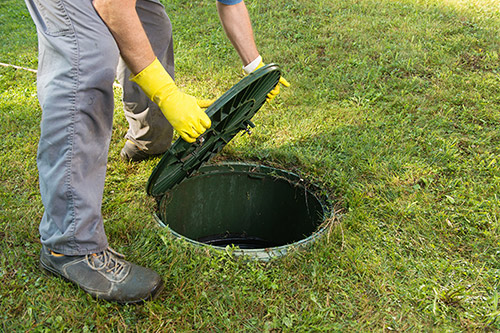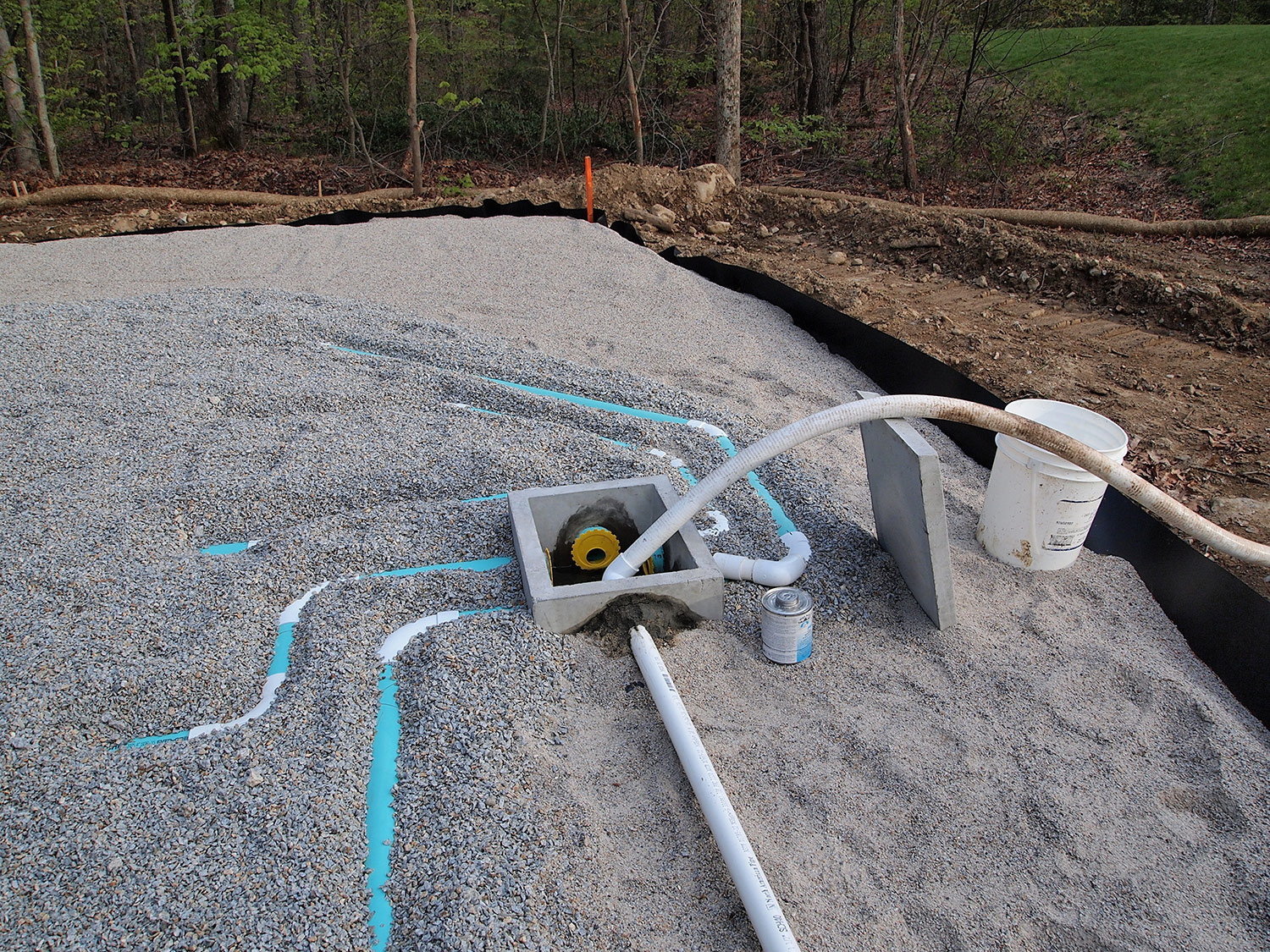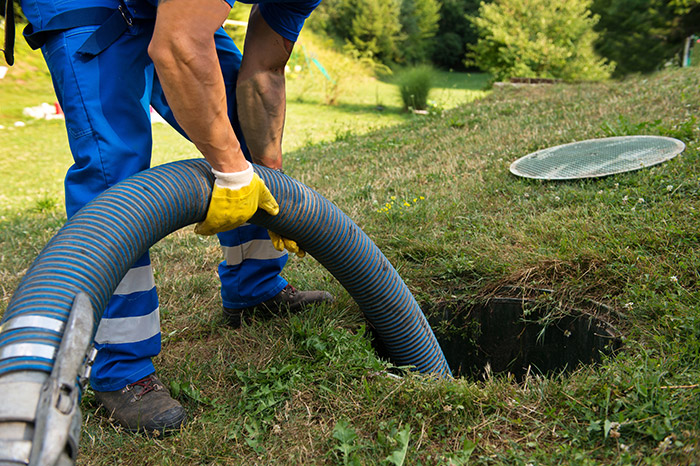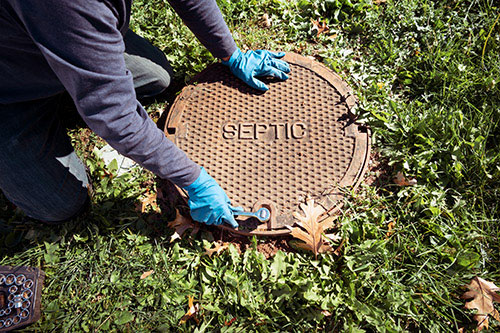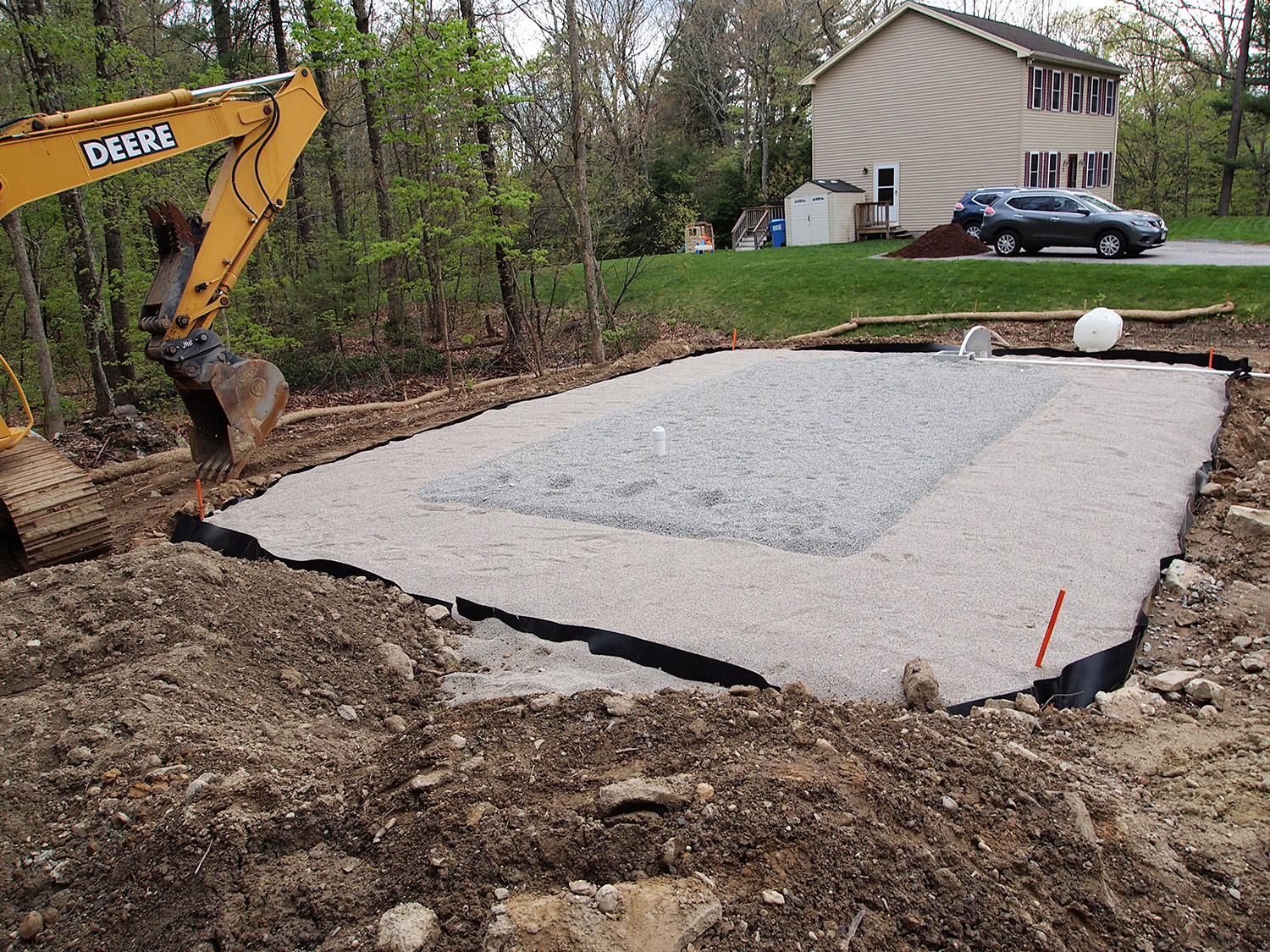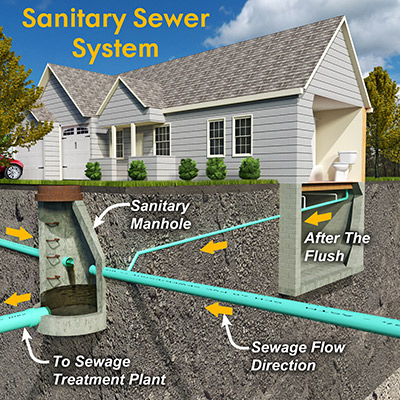
Key Factors to Consider Before Making a Decision
When it comes to installing a new septic system or upgrading an existing one, selecting the right company for your septic site plan is crucial. A well-designed site plan ensures your septic system will function efficiently and meet local regulations, helping you avoid costly issues down the road. But with so many companies out there, how do you make the best choice?
1. Verify Credentials and Experience
Start by checking that the company is licensed and certified to work in your area. Experience matters—a team that has handled numerous septic projects will be familiar with local soil conditions, permitting processes, and potential challenges. Ask for references and examples of prior work to gauge their expertise.
2. Assess Knowledge of Local Regulations
Every locality has its own set of rules regarding septic systems. Find a company that understands your county’s specific requirements for site plans, setbacks, soil testing, and system sizing. A company that stays up-to-date with regulations can help you avoid delays or compliance issues.
3. Look for Comprehensive Services
The best companies offer a full range of services—from site evaluation and soil testing to design, permitting, and installation. Choosing a company that can manage the entire process streamlines communication and reduces the risk of missteps.
4. Prioritize Clear Communication
Good communication is essential throughout your project. A reputable company will take the time to explain your options, provide detailed estimates, and answer questions promptly. This transparency builds trust and makes the process less stressful.
5. Compare Pricing and Value
While cost is a factor, the cheapest option isn’t always the best. Compare estimates, but also consider the quality of service, materials used, and support offered. Investing in a reliable company now can save you money in repairs and fines later.
Choosing the right company for your septic site plan is about more than just price—it's about experience, local knowledge, comprehensive service, and clear communication. Take the time to research, ask questions, and compare your options to ensure your project is successful from start to finish.
For more information, contact Morse Engineering and Construction.



